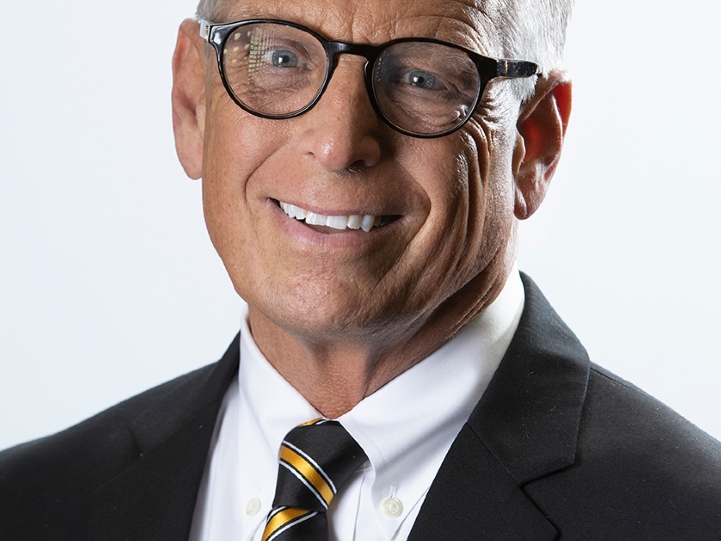
More Than a Buzzword: Creativity as an Institutional Value
Supporting the Profession AVP or "Number Two" Mid-Level Senior Level VP for Student Affairs
October 26, 2021
The pandemic has taught us a lot about who we are and the way we work. Although we’re not out of the woods yet, now is a good time to take stock of what we have learned in the past year and a half, assess what worked and what didn’t, and decide what practices we want to keep in the future.
At the University of Missouri, we have learned a lot about creativity, although we seldom, if ever, called it that. We used words that we’re now good and tired of: we said we were “pivoting,” “adjusting,” and “managing differently.” In reality, we were being creative.
My leadership team and I recently sat down (virtually) to discuss what creativity is. We said that creativity is finding a new approach to an old objective. It’s being open-minded and willing to look at problems in a new way. It means letting go of the accustomed way of doing things and, perhaps most importantly, taking risks.
During the pandemic, we have used creativity in many ways. I think of the work of our Care Team. This dedicated group in our Dean of Students office traditionally provides one-on-one support to students who are experiencing significant difficulties related to health, personal and family emergencies, financial issues, or other areas of concern.
As the pandemic hit, the Care Team took up the challenge of addressing the needs of students sent into isolation or quarantine. They answered students’ questions about COVID-19 and connected them with resources like meals or pharmacy delivery. The Care Team checked in on isolated students and even helped them navigate their academic needs. They expanded the nature of their work to accomplish a new objective.
We got creative when the pandemic demanded we plan ahead. Faced with an uncertain future, our Department of Residential Life planned for this fall semester months in advance. They planned various scenarios to be able to scale our plans for students’ safe return to residence halls.
Getting creative, we used our talents in new ways. We came together and contributed wherever we could, whenever we could. A residence hall coordinator eagerly took it upon himself to learn to use new software to help us implement and manage arrival testing for all those living in on-campus housing as students returned from winter break.
A member of our marketing and communications team lent the skills she has been developing as she pursues her doctorate in data visual science to save her team and Residential Life hundreds of hours of work.
Our student counseling center responded creatively to mounting demands for service. Our staff there implemented a proactive approach to student mental health, using education and outreach to help students before their issues became acute crises.
Creativity has taught us that there are always new ways of doing things. We will be keeping the telehealth measures we implemented because our students love the convenience. Likewise, our virtual town halls for staff will become a permanent fixture.
We learned that we can accomplish a lot through teamwork and collaboration. Mutual trust and respect are multipliers. Good ideas can come from people outside your skill set. And as I mentioned above, it’s OK to take risks and make mistakes. As you well know, higher education can be extremely change-resistant. But if we can just get out of our own way, we can achieve a lot.
Looking forward, it appears the pandemic will be with us for some time yet. We will continue to use creativity not just to accomplish our objectives but also to stay positive. The freedom creativity gives us can help prevent burnout and give us all the hope we continue to need.
Wrapping up our discussion, my leadership team agreed to formally embrace creativity as an institutional value of our division. As we face the inevitable challenges of the future, creativity will be one of the pillars that supports us as we continue to care for our students.
About the Author
Dr. Bill Stackman serves as the vice chancellor for student affairs at the University of Missouri. Stackman currently serves as a member of the NASPA James E. Scott Academy Board.